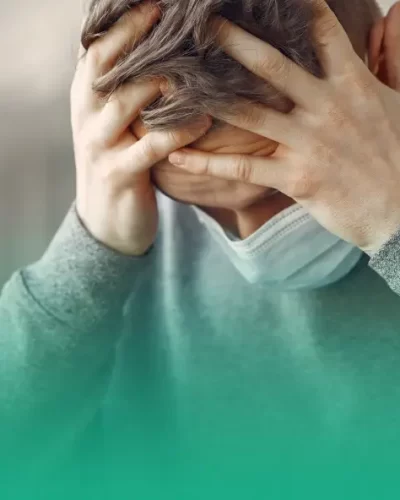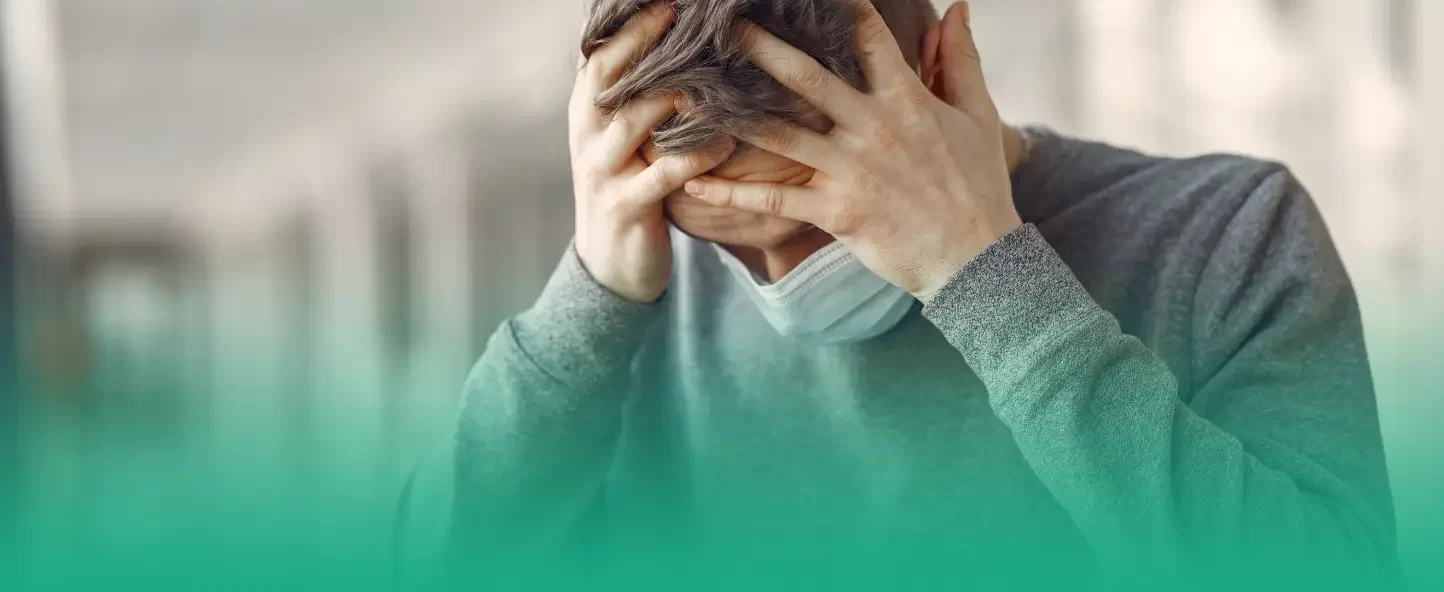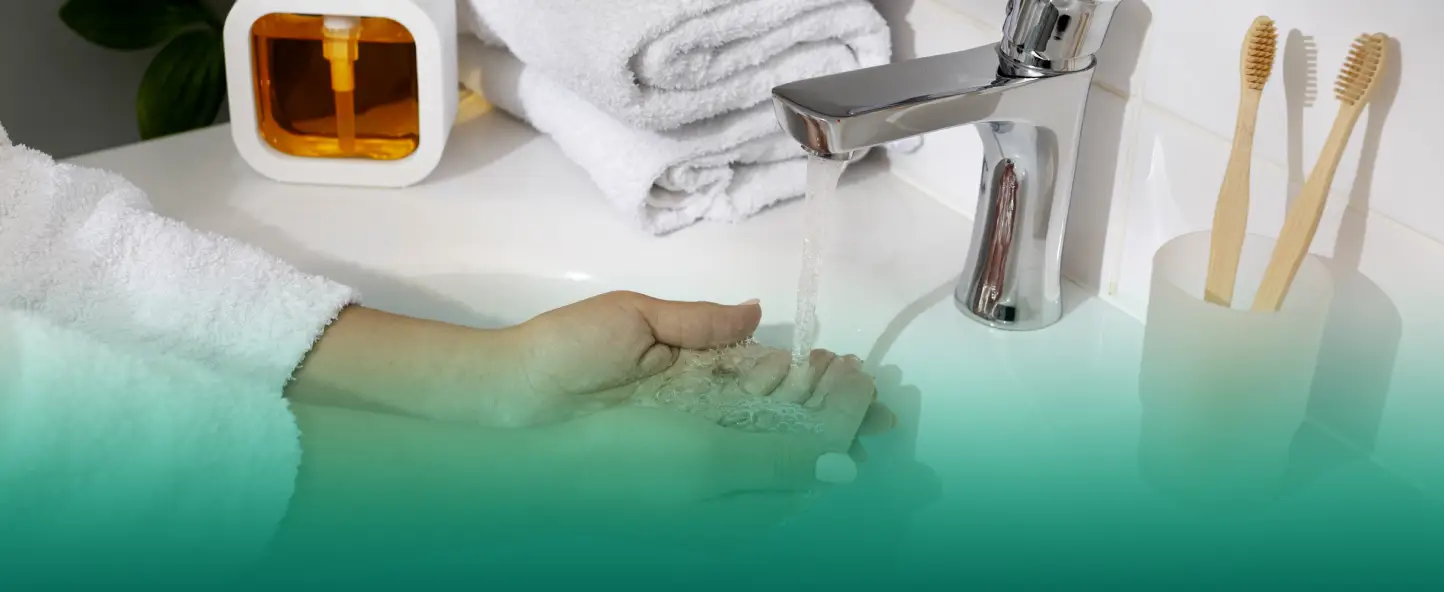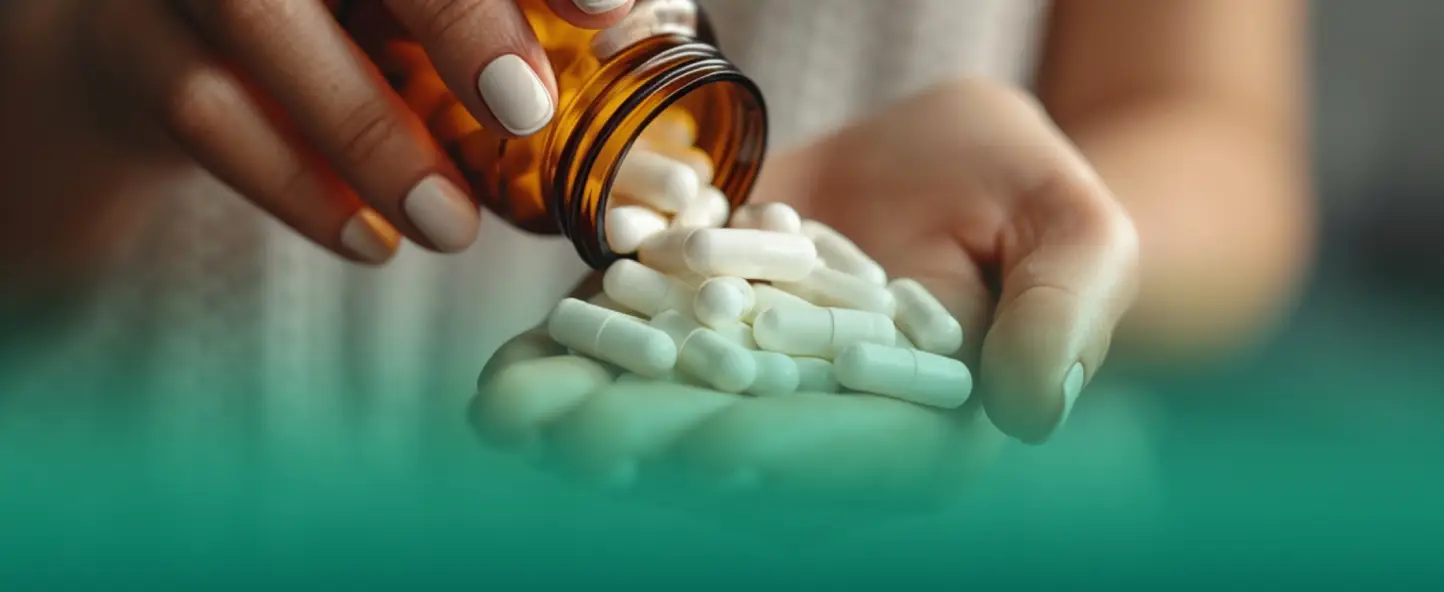Stroke is one of the most common causes of death, along with heart attack. It is very important to know the truth about this disease.
Myth: Stroke occurs only in older people
In 2019, 450 thousand people in Russia had a stroke, and every fourth person over 25 years old is at risk of encountering this problem during their lifetime.
Over the past 10–15 years, medical specialists have made significant strides in predicting stroke, preventing it, and treating its consequences. However, the number of stroke cases is not decreasing.
According to the World Stroke Organization, more than 62% of all cases of the disease occur in people under the age of 70, and 16% in people aged 15 to 49 years.
Stroke can occur even in children, but its causes are different from those in adults. Among them are congenital and genetic disorders, prematurity, problems during pregnancy and childbirth, as well as heart and blood diseases.
One of the indicators that reflects the likelihood of a stroke is a blood test for homocysteine. Consult a therapist and take this test to protect yourself and prevent the disease in time.
Myth: Stroke is hereditary
Some risk factors, such as hypertension, atherosclerosis, diabetes and cardiovascular disease, can be inherited. However, more than 90% of the risk of stroke is associated with modifiable factors: behavioral habits such as smoking, poor diet, lack of physical activity, and alcohol and drug abuse.
Metabolic factors including high blood pressure, fasting blood glucose, total cholesterol and excess weight. There are methods for individually assessing the risk of stroke.
To reduce the likelihood of developing a stroke, it is recommended to take the following preventive measures:
- Visit a doctor and undergo a medical examination if you have risk factors.
Maintain a healthy lifestyle, including eating healthy foods, regular exercise, getting enough sleep, and avoiding bad habits.
Myth: You can’t recover from a stroke
Rehabilitation should begin in the hospital immediately after the condition has stabilized. The recovery process can take varying amounts of time – weeks, months or even years, depending on the individual.
Only 8% of patients fully recover from a stroke. Others face a variety of consequences: paralysis of limbs or weakness on one side of the body, problems with memory, attention, speech, learning, chewing, swallowing, bladder control, numbness, arm pain and depression.
Rehabilitation activities are available free of charge. After discharge from the hospital, you can receive a referral to a rehabilitation center through a neurologist at the clinic. During the first year after a stroke, the patient may undergo several rehabilitation courses. The number of courses is not limited, but at least three months must pass between them. If access to rehabilitation in the region is difficult, you can contact local health authorities or the Russian Ministry of Health.
Myth: Stroke cannot be treated and leads to disability
Only 3 out of 10 patients call an ambulance; the majority prefer to wait until “everything goes away on its own.” During a stroke, 1.9 million neurons in the brain die every minute. The longer this continues, the higher the likelihood of disability.
The ideal time to start treatment is within 90 minutes of the onset of symptoms, which increases the chance of full recovery by 20% after three months.
Before the ambulance arrives, lay the patient down, unbutton his clothes, remove dentures, provide fresh air, and support his head if vomiting begins. Do not feed or water the victim, and do not give any medications.
Most often, it is better to call an ambulance than to take the victim to the hospital yourself: doctors have the necessary equipment and can also begin treatment during transportation. However, if you know that the ambulance will take a long time to travel, it is better to take the victim to the hospital yourself.
Myth: Stroke always has obvious symptoms
Symptoms of the two types of strokes differ and depend on the area of the brain affected.
- Common symptoms include severe headache, often accompanied by vomiting, loss of consciousness and seizures.
- Local symptoms of a stroke may include weakness in the limbs, disturbances in speech, movement, facial expressions, loss of sensation on one side of the body, or even loss of consciousness.
There are also “silent” strokes, which can occur without any obvious symptoms. Their consequences can only be detected using MRI. In such cases, a diagnosis of lacunar stroke may be made, but in some cases the disease may go undetected.
In addition, there is a mini-stroke, or transient ischemic attack (TIA), which is a short-term disruption of blood circulation in the brain. Sometimes blood circulation is restored on its own calmly, and the symptoms disappear. However, even after such cases you should consult a doctor, since TIA often precedes a full-fledged stroke.
Myth: Advances in medicine have reduced the incidence of strokes
The development of medicine brings new diagnostic and treatment methods, and also expands the capabilities of rehabilitation centers. However, to reduce the incidence of strokes, disease prevention plays a key role.
There is a 25% risk of having another stroke within five years of the first event. This can be prevented by paying attention to heart disease treatment, maintaining normal blood pressure, cholesterol levels and controlling diabetes. Prevention also includes a healthy lifestyle and proper nutrition. Despite this, the risk of recurrent disease remains high.
Although a recurrent stroke is not always fatal, the severity and prognosis of subsequent cases is usually worse than previous ones.
Stroke is closely linked to cardiovascular health, so it is important to maintain cardiovascular health by living an active lifestyle, being physically active, and learning to recognize stroke symptoms.






